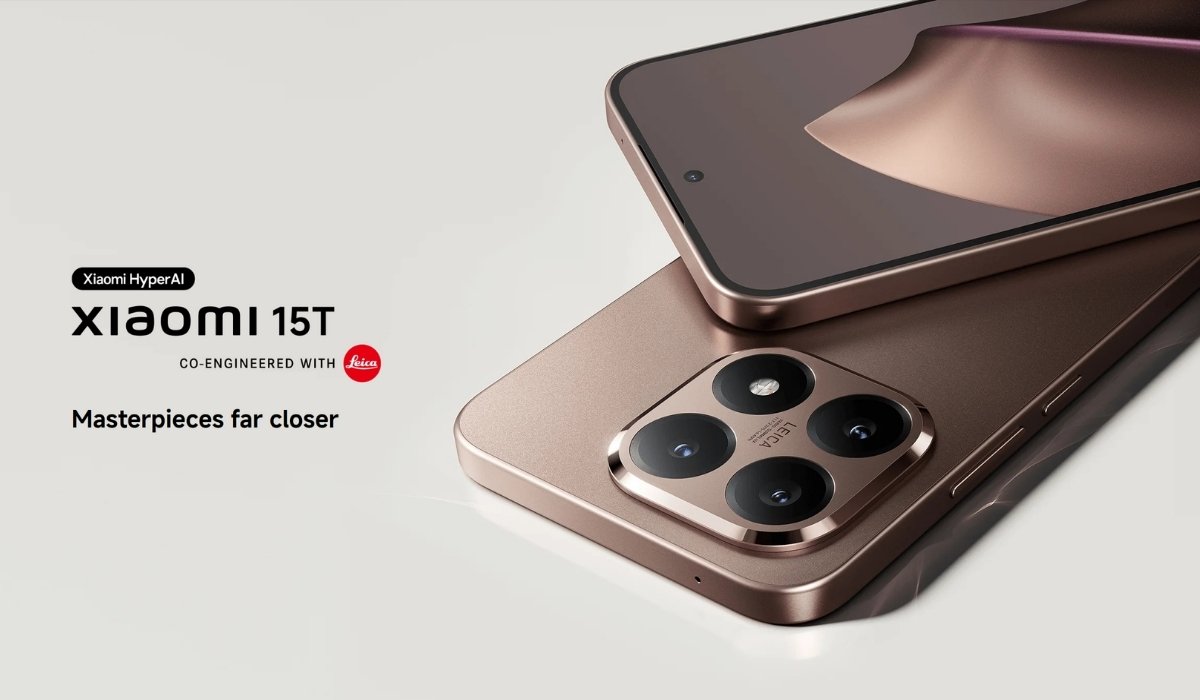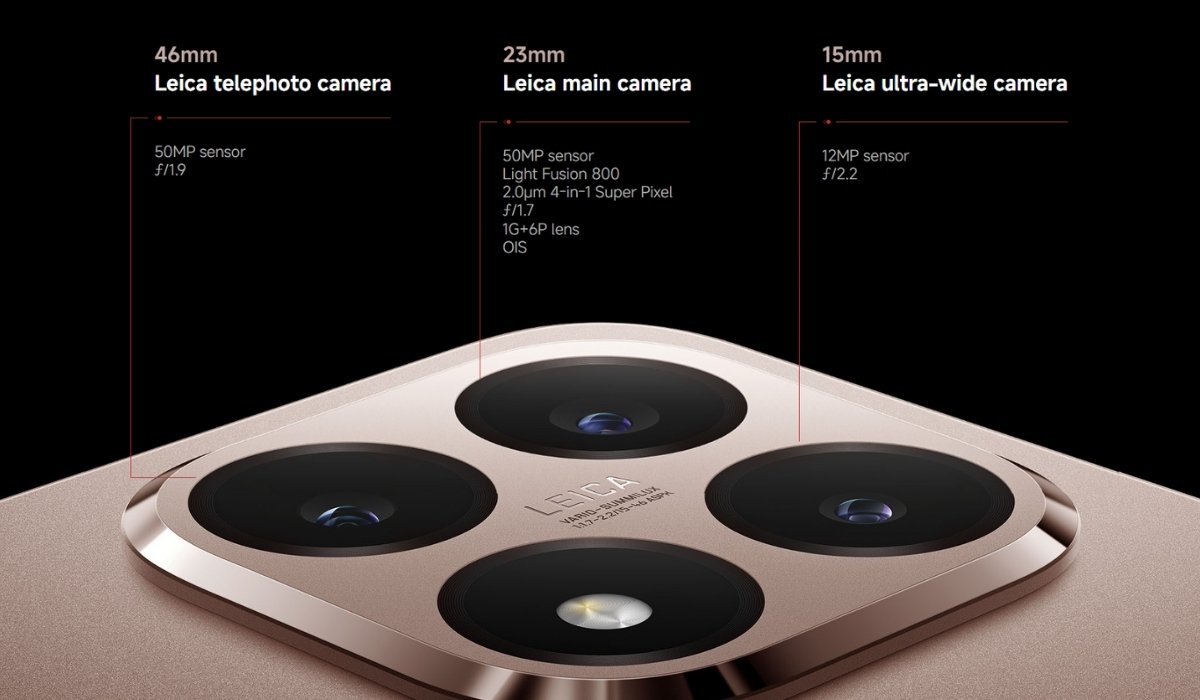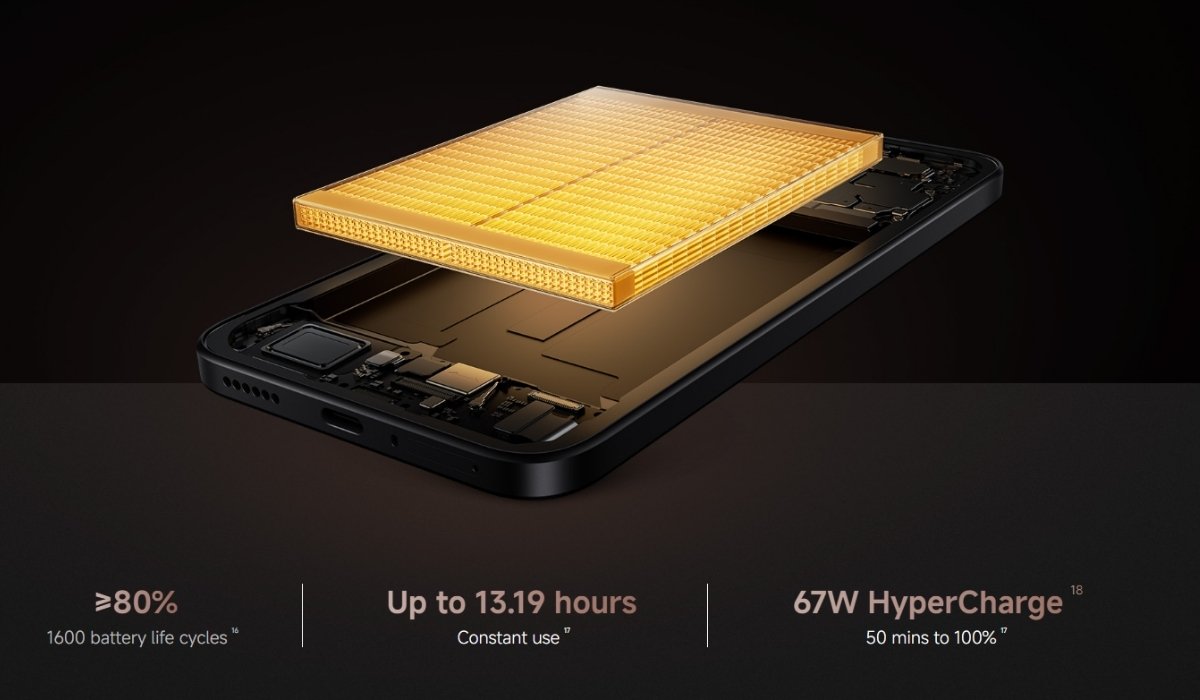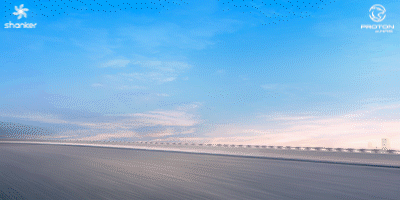HIGHLIGHTS
- The Xiaomi 15T price in Nepal is Rs. 64,999 (12/512GB).
- A few changes from the previous model include an upgraded chip and a larger battery.
- The phone’s screen, however, dipped to a 120Hz refresh rate from 144Hz.
Xiaomi has begun rolling out its new batch of phones. Buzz about the Redmi Note 15 series is floating around, while the company’s bold move to skip the number “16” in its flagship lineup, just to line up with a certain iPhone 17, has become a talking point in the tech community worldwide.

Meanwhile, the Nepali market has already seen the brand’s budget offerings — the Redmi 15 and Redmi 15C make their debut. Now, its premium midranger, the Xiaomi 15T, has followed suit too!
What is the Price of the Xiaomi 15T in Nepal?
The price of Xiaomi 15T in Nepal is Rs. 64,999 for the 12/512GB variant. It’s the same price as the Xiaomi 14T last year, and that phone was priced greatly. So, considering the upgrades, we are glad that Xiaomi decided to keep the prices untouched.
The phone is available to purchase at all authorised stores across Nepal. Usually, we would get earbuds or some accessories bundled with the phone, but the company has not mentioned any such offers this time. No details on the Xiaomi 15T’s EMI availability have been shared either. However, the phone should be available to purchase on instalments.
ALSO READ: Now You Can Buy a Xiaomi Phone on EMI in Nepal Too – Here’s How!
Before I get into further details of Xiaomi 15T, I would like to take a moment and talk about how absolutely horrible Xiaomi’s naming scheme has been. They skipped “14” for the Redmi numbered series, which I thought made sense.
Skip the 14, now all your phones are 15s. Then they go ahead and skip “16” for their flagships. Can’t wait for Xiaomi to skip another number in all their series in a few years. *exhale*
Anyhoo, back to Xiaomi 15T and what it has to offer:
Xiaomi 15T Specifications
- Body: 163.20 x 78.00 x 7.50 mm, 194 grams
- Build: Plastic frames, Glass Fibre Back, IP68-rated
- SIM: Dual SIM (Dual Nano SIM or Dual eSIM or Nano SIM + eSIM)
- Display: 6.83-inch, AMOLED, up to 120Hz refresh rate, 480/2,560 typical/instantaneous touch sampling rate, 3,200 nits peak brightness (covering 25% display area), FHD+ (1,280 x 2,772 pixels) resolution, PCI-P3 colour gamut, 12-bit (68 billion) colour depth, up to 3,840Hz PWM Dimming, Wet touch technology, Gorilla Glass 7i
- Chipset: MediaTek Dimensity 8400 Ultra (4nm, Octa-core)
- Memory: 12GB LPDDR5X 8533Mbps RAM, 512GB UFS 4.1 Storage + Up to 16GB Ultra Space*
- OS: Xiaomi HyperOS 2, Android 15
- Rear Camera: 50MP, Light Fusion 800 sensor, 2.0μm 4-in-1 Super Pixel, ƒ/1.7, 1G + 6P lens, OIS
- 50MP Telephoto (2x, 46mm equivalent), ƒ/1.9
- 12MP Ultrawide (0.6x, 15mm equivalent), ƒ/2.2, 120° field of view
- Front Camera: 32MP (21mm equivalent), ƒ/2.2
- Battery: Li-ion battery, 5,500mAh, Up to 13.19 hours constant use
- Charging: 67W HyperCharge/PD3.0/2.0 (wired) charging support, 100% in 50 minutes
- Colours: Sky Blue, Light Gold, Cloud White, Space Black
Xiaomi 15T Price in Nepal: Rs. 64,999 (12/512GB)
ALSO READ: Xiaomi Mobile Price in Nepal (November 2025 Updated)
Xiaomi 15T Overview
Design and Build
The design of Xiaomi 15T is about the same as that of its predecessor. The slightly curved frames, flat display, and the same camera placement. Even the colours are almost the same. Xiaomi swapped out the Blue one with Rose Gold, while Black and Grey retain their spots.
While most of the aesthetics remain unchanged, some work was done on the camera bump. Previously, the phone had individually protruding camera lenses. Now, all the cameras sit inside the smoothed-out camera bump.
This tiny tweak gives the phone a lot fresher and premium look in my opinion.
The build of the phone is mostly unchanged as well. The frame is still plastic, and the phone is still IP68-rated. The back panel could be different materials last year, but this time it’s apparently just “glass fibre”. Lastly, you get Gorilla Glass 7i protecting the screen this time, instead of the older Gorilla Glass 5.
Display
While on the subject of display, let’s clear the part out too. There are a few changes in the display department. Firstly, the display has grown quite a bit taller, to 6.83 inches from the previous 6.67. Subsequently, the resolution has also grown, which in turn keeps the pixel density almost the same (15T has 1PPI denser pixel density).
In the meantime, the display’s peak brightness has taken a hit. It’s now 3,200 nits instead of 4,000 nits on the Xiaomi 14T. However, the company states this number covers 25% display area, which should imply that the 3,200 nits isn’t just one pixel hitting this super high number, like how peak brightness is usually achieved. But instead, 25% of the display can hit that level of brightness, which should be useful when watching HDR content.
Likewise, the screen fluidity has gone downhill as well. The Xiaomi 15T is now capped at 120Hz, whereas the previous iteration could go up to 144Hz. While that’s technically a downgrade, it’s only on paper. When we reviewed the Xiaomi 14T, we only got 144Hz smoothness in a handful of cases. So, I don’t really mind that the phone has gone back to a 120Hz panel — that’s what we were getting most of the time anyway.
Other than that, the display is pretty much the same.
Cameras
Xiaomi spends a lot of time talking about Leica partnered cameras on the Xiaomi 15T, just like the year before. But it’s mostly the same fluff, as the cameras haven’t seen much change either. The telephoto and ultrawide snapper appear to be the same 50MP (2x/46mm equivalent) and 12MP (15mm equivalent) units.
The main camera, however, does see a change. The Sony IMX906 sensor has been swapped out for the Light Fusion 800 sensor. While this sensor is ever so slightly larger in size (1/1.55” vs 1/1.56”), we get the same resolution (50MP), same default focal length (23mm), pixel size (4-in-1 2.0μm), and aperture (ƒ/1.7).

Hardware-wise, the camera system on the Xiaomi 15T is still as attractive as ever. However, the hardware barely tells the full picture. During our testing, and comparing with other phones, we found Xiaomi 14T’s to be a bit too heavy on contrast, making the photos dark and dull.
So, what I hope for with the camera system of Xiaomi 15T is better tuning/processing.
MediaTek Dimensity 8400 (and inside)
The situation with the Xiaomi 15T so far has been here and there. A little upgrade here, a little downgrade there — nothing major altogether.
However, in terms of internals, we do see a level of upgrades. The major of which is the silicon powering the Xiaomi 15T, i.e. the MediaTek Dimensity 8400 Ultra! Doesn’t sound all that major… the Xiaomi 14T had the Dimensity 8300 Ultra, this one has the 8400 Ultra. Looks like an iterative upgrade.
But we need to look even inside the internals to find what’s different. The MediaTek Dimensity 8400 chipset comprises fully Cortex-A725 cores, all eight of them. If you aren’t aware, A725 is a performance-driven core. So, while the 8300 has four efficiency cores, the 8400 has none, and it’s all about the performance.
So we can expect quite a bit of a jump in numbers for the Xiaomi 15T powered by the new MediaTek Dimensity 8400 Ultra, especially in the multi-core department. And looking at Nanoreview’s database, that indeed seems to be the case.
Battery and Charging
The other aspect where we see a clear jump is the battery. The Xiaomi 15T has a 5,500mAh battery, which is 10% larger than the previous model. The phone achieves this by growing thinner and keeping the weight practically the same.
While it would be easy to credit this achievement to the talk-of-the-town silicon-carbon batteries, it appears Xiaomi isn’t using the tech on the 15T. There is no mention of the material at all.

Xiaomi does quote it as “Surge Battery”, but also mentions “management system”. So, it’s likely a bunch of independent chips monitoring and controlling the battery, instead of the magical silicon-carbide stuff.
Charging remains at 67W, so you now get a full charge in 50 minutes instead of 45. 10% longer for 10% larger battery, sounds about right.
The Remaining Hardware and Software
Now, about the remaining hardware, we have the phone in two configurations. However, just like last time, we only get the 12/512GB variant here in Nepal.
The RAM here is the same LPDDR5X unit with a 8533Mbps clock speed. The storage here is UFS 4.1, which seems to bring better AI performance and power efficiency over UFS 4.0, rather than a jump in raw data transfer speeds.
*Xiaomi doesn’t mention anything about its patented “Ultra Space” feature on the Xiaomi 15T, which gives you an extra 16GB of storage on top of the default 512GB (for a total of 528GB). Even though it’s not listed this time, I believe it’s still there — the Xiaomi 15 Ultra didn’t mention it either, yet the feature was present. It’s one of those small touches that make Xiaomi stand out, and removing it would’ve been a real bummer.
As for software, the official specs sheet of Xiaomi 15T mentions HyperOS 2 while the overview page highlights HyperOS 3. So, the phone will likely boot on HyperOS 2 (based on Android 15) and soon receive an update for OS 3 (Android 16). Either way, there isn’t much to be said about Xiaomi’s software, apart from bloatware and baked-in ads are to be expected.
Xiaomi 15T Price in Nepal and Availability
The Xiaomi 15T price in Nepal is Rs. 64,999 for the 12/512GB variant. The phone went official on 6 October 2025 and can be purchased at all authorised stores across the country.
| Xiaomi 15T | Price in Nepal |
|---|---|
| 12/512GB | Rs. 64,999 |
The Xiaomi 15T brings a handful of meaningful upgrades to the already solid Xiaomi 14T. Additionally, the phone maintains its solid pricing, making it one of, if not the most, spec-packed smartphones in the Rs. 60,000–70,000 price range.
However, the specs sheet barely describes how the phone performs in real life. So, we will have to wait and use the phone to form our opinion on how good a phone Xiaomi 15T is.
What do you think about the Xiaomi 15T? Do let us know in the comments!
-
Proton Xchange for Excellence Starts Today: Biggest Price Drop on eMas 7 & Offers!HIGHLIGHTS The Proton Xchange for Excellence event is happening from 21 to 23 November 2025.…
-
Yamaha Scooters Price in Nepal (November 2025 Updated)This is the detailed price list of the Yamaha scooters in Nepal for 2025. In…
-
Moto G96 Launching Soon in Nepal: Premium Design and Better CamerasHIGHLIGHTS The Moto G96 price in Nepal is expected to start at Rs. 29,999 (8/128GB).…





















